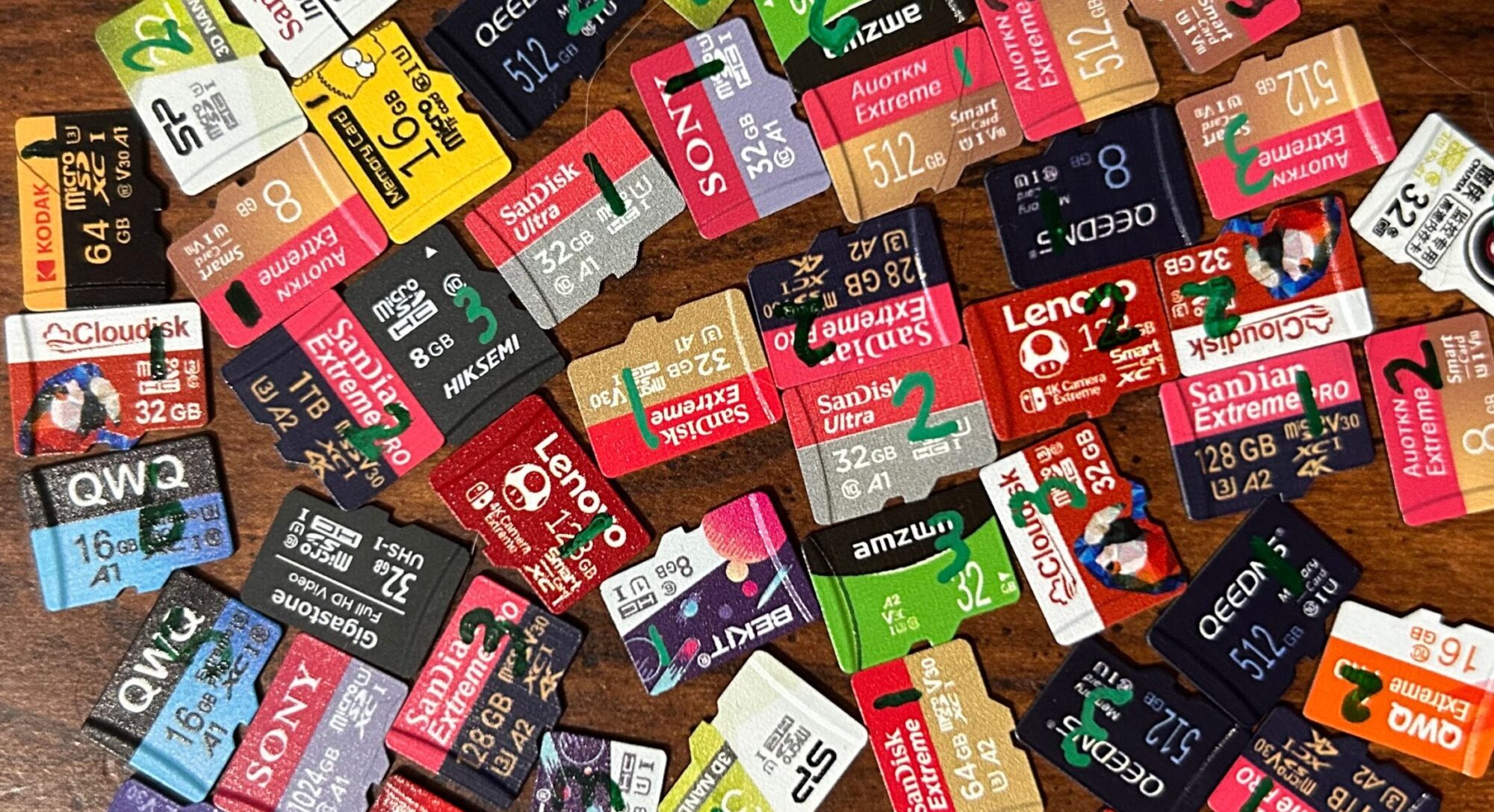Kingston is a brand that I’ve been well aware of for many years now — and going into this project, I’ll admit that I had a bias against them — I’ve had other projects where I’ve used both Kingston and SanDisk cards, and multiple Kingston cards failed on me whereas the SanDisk cards didn’t. Regardless, I wanted to give them a fair chance.
This particular card was suggested to me by Reddit user u/Magnets (link) — and after the stellar performance results I got from the SDCG3, I had high hopes for how this card would do.
Looking at the registers doesn’t reveal a whole lot of differences between the SDCG3 and the SDCG4 — probably the most significant difference is an increase in size (by 63MB, to be exact).
Performance — on the one sample that I’ve tested so far — has been pretty good. It didn’t quite edge out the SDCG3, but it did very well regardless. All performance measurements were above the 91st percentile.
These cards bear the U3, V30 and A2 marks. (The Class 10 mark appears on the package, but does not appear on the card itself.) Performance was good enough to qualify for the U3 and V30 marks, but not good enough for the A2 mark. However, I’ll throw in my standard disclaimer: my performance testing methods do not align with those prescribed by the SD specification; it’s possible that they would have done better had they been tested under proper conditions.
On the endurance testing front:
- Sample #1 has not yet reached the 2,000 read/write cycle mark. It is currently expected to get there sometime in August 2025.
- Samples #2 and #3 are still in the package, waiting to be tested.
Overall? It’s still too early to tell — I have two more samples to put through both performance testing and endurance testing before I can make any judgment calls on these.
June 21, 2025
